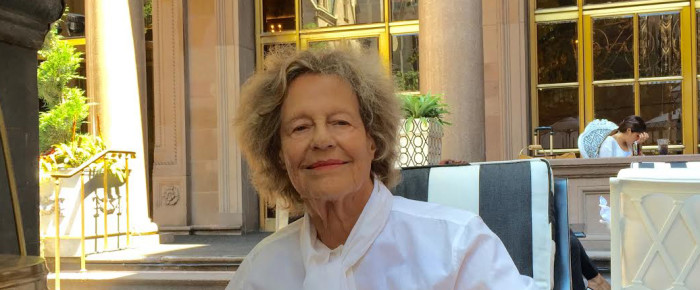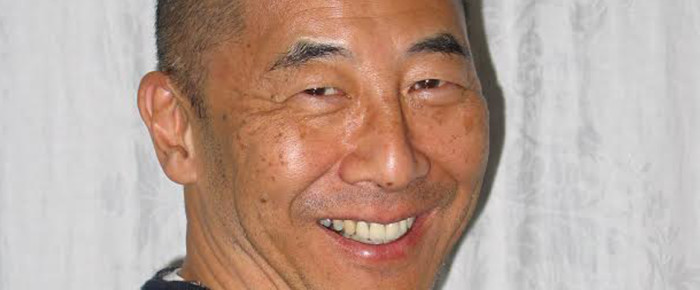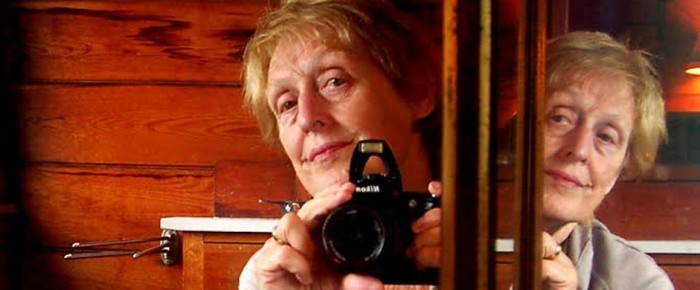“I used to spend hours on the rocks watching the waves splashing, smelling seaweed, collecting shells…,” Nicole Bigar wrote briefly about her strict childhood in her 2011 book, “Koukoumanias,” which is a…
Read moreEast Hampton artist says, “Always have a project you love to do”




